About The Program:
With the belief to build a healthy ecosystem as per the Industry Standards REGex Software brings an Industrial Training/Internship Program on “Datascience Specialization”. We organize Datascience Specialization Program for improving the knowledge and skills of the Students/Professionals, so that they can become specialized in the field of Datascience and get their Dream Job in Software Development Field in Big MNCs.
REGex Software Services’s “DataScience Specialization” program is a valuable resource for beginners and experts. This program will introduce you to Machine Learning, Deep Learning, Docker, Kubernetes, Hadoop, Spark, Map Reduce, Ansible, Power BI etc. from Basics to Advance. If you want to become Data Scientist, REGex introduce this program for you.
10 Months
You can pause your program if you have any Medical Emergency or if you have Exams and join again our new program within next 3 Months
Best affordable Python + Django program with live classes and doubt solving. You can also access to recordings of the classes. Teachers and mentor are very good. All syllabus covered in given time. With multiple live examples. Best part of training is friendly environment. Don't hesitate to enroll if you've never heard the name of this company before. You will not be disappointed.
Competitive Programming is the best course they have - i am part of both python and C++ course. Cracked several interviews with their course, poll test & assignment are always new and beneficial. Best CP course you will find here, i hope this will be beneficial for you
Tushar sir is best in delivery. His approach is mind blowing. I have not found any gap although I am from U.S Lots of Big Data tools I have learnt like Hadoop, Hive, Spark, Sqoop & most amazingly Talend ETL Tools which was the most lovely part of training. every component is told in very simple terms with great practical approach
I recently joined Python Django(Web Development - Full Stack)Course About Course: - I must say instructor makes every concept simple to understand - No Copy Paste,Every line of code is explained - Even given Assignments to work on - Even given Projects to work on If you looking to learn Python Django I highly recommend to go for this course
I am from UK & loved the teaching. Competitive Programming was the best experience I had in coding. I can truly say the money I spend is worth it. Go for it guys!!
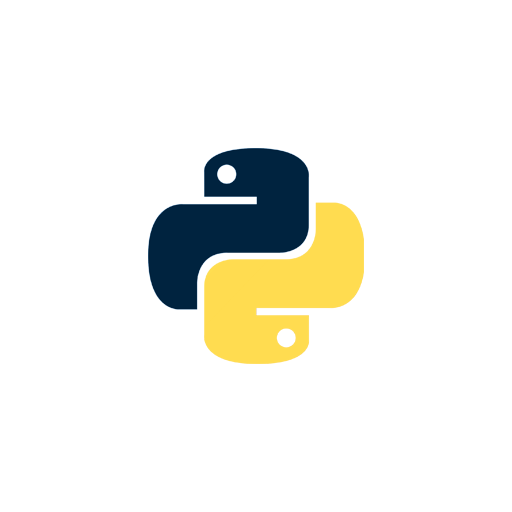
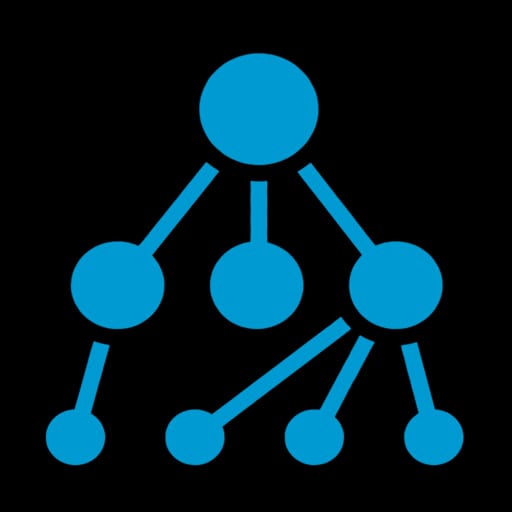




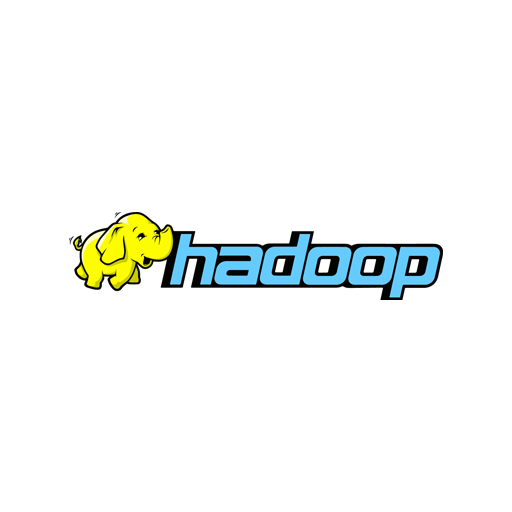
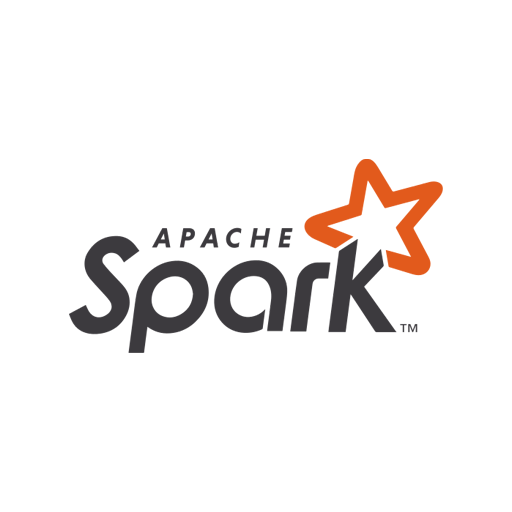



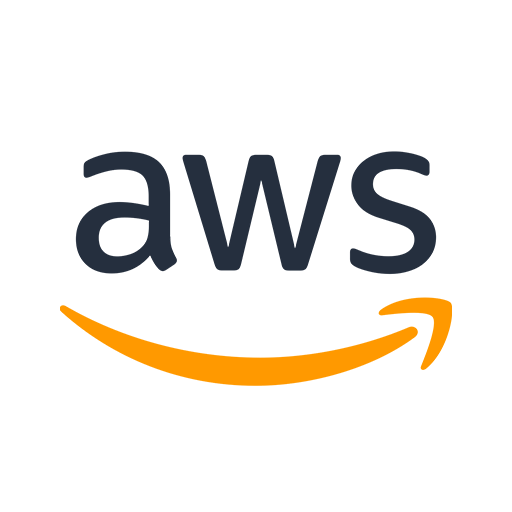
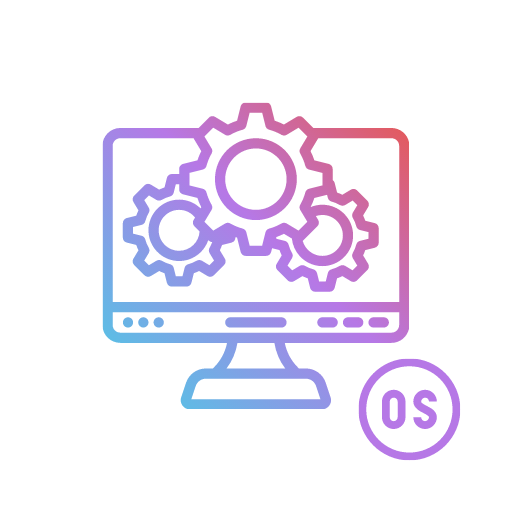
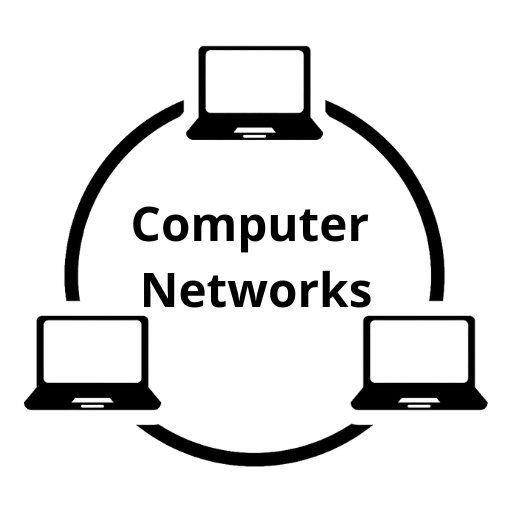

Live Sessions by Expertise Trainers and Access of Recorded Session is also available

Get a chance to work on Industry Oriented Projects to implement your learning

24*7 Mentorship Support available for all Students to clear all of your doubts
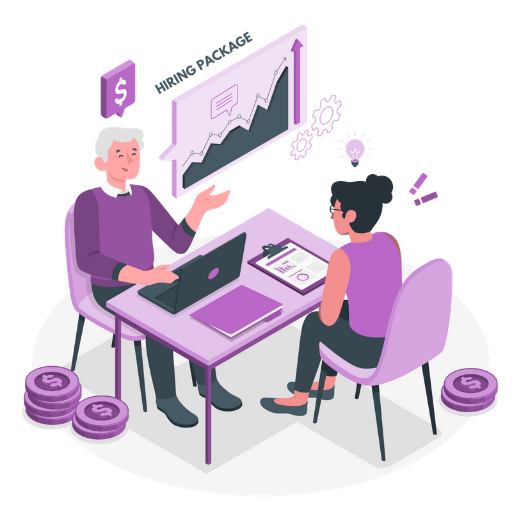
REGex provides Internship / Job opportunities to the best Students in different Companies.
You can get Internship/Training Opportunities to get placed in HP, DELL, Honeywell, Rightpoint, Frontdoor, Fractal and many more according to your performance
4.4 LPA
6.2 LPA
32 LPA
We’ll train you from first week and TEAM will analyze your performance according to your Assignments & projects.
You will work on different projects with your team with Mentorship Support.
After Completion of 6.5th – 7th month, TEAM will guide you about resume making and Team will take your resumes and analyze it accordingly.
After this process you will get details about the further process of exam according to your performance and company’s requirement.
You will get Opportunities back to back from REGex End via a mail according to your performance.
Principal Component analysis (PCA – Theory)
PCA with Case-Study
Linear Discriminant Analysis(LDA) for Dimension Reduction
Feature Selection to Select the Most Relevant Predictors
Confusion matrix
Accuracy Paradox
CAP Curve
K-Mean Clustering Intuition
K-Mean selecting Numbers of Cluster
NLP Intuition
Types of NLP
Classification vs Deep Learning Models
The Neuron
Activation function
How Neural network work & learn by itself
Gradient Descent
Stochastic Gradient Descent
Ethics of Deep Learning
What are convolutional neural networks [CNN] ?
CNN Architecture
CNN Code preparation
Recurrent Neural Networks
Several layers
■ ReLLu Operation
■ Pooling
■ Flattering
■ Full Connection
Statistics
Sample Selection
Probability Theory
Hypothesis
Model Relationship
Model Fit
Descriptive Statistics
Types of Data
Qualitative Data
Histograms
Different Plots
Centrality and Spread
Outliers
Median, Mean, Mode
What is computer vision & its application
Face Detection
■ Adding more features & Categorization
■ Object Detection & Image creation
■ Working with Images & vectors
Facial Expression Recognition in Code (Binary / Sigmoid /Logistic Regression)
Object detection
Neural style transfer
YOLO
RCNNs
Resnet 50
Tensorboard
What are Vectors
Working with word Analogy
Text Classification
Pre Trained word vectors from word2vec
Language Models
Introduction to Tensorflow / Keras
Most used right now
Resources gathering
Keras dealing with Missing Data
Dealing with Categorical data
● Data Warehouse
● History of Data Warehousing
● Need for Data Warehouse
● Data Warehouse Architecture
● Data Mining Works with DWH
● Features of Data warehouse
● Data Mart
● Application Areas
● Dimension modeling
● Fact and Dimension tables
● Database schema
● Schema Design for Modeling
● Star, SnowFlake
● Fact Constellation schema
● Use of Data mining
● Data mining and Business Intelligence
● Types of data used in Data mining
● Data mining applications
● Data mining products
● What’s Big Data?
● Big Data: 3V’s
● Explosion of Data
● What’s driving Big Data
● Applications for Big Data Analytics
● Big Data Use Cases
● Benefits of Big Data
● History of Hadoop
● Distributed File System
● What is Hadoop
● Characteristics of Hadoop
● RDBMS Vs Hadoop
● Hadoop Generations
● Components of Hadoop
● HDFS Blocks and Replication
● How Files Are Stored
● HDFS Commands
● Hadoop Daemons
● Difference between Hadoop 1.0 and 2.0
● New Components in Hadoop 2.x
● YARN/MRv2
● Configuration Files in Hadoop 2.x
● Major Hadoop Distributors/Vendors
● Cluster Management & Monitoring
● Hadoop Downloads
● What is distributed computing
● Introduction to Map Reduce
● Map Reduce components
● How MapReduce works
● Word Count execution
● Suitable & unsuitable use cases for MapReduce
● Architecture
● Basic Syntax
● Import data from a table in a relational database into HDFS
● import the results of a query from a relational database into HDFS
● Import a table from a relational database into a new or existing Hive table
● Insert or update data from HDFS into a table in a relational database
● Define a Hive-managed table
● Define a Hive external table
● Define a partitioned Hive table
● Define a bucketed Hive table
● Define a Hive table from a select query
● Define a Hive table that uses the ORCFile format
● Create a new ORCFile table from the data in an existing non-ORCFile Hive table
● Specify the delimiter of a Hive table
● Load data into a Hive table from a local directory
● Load data into a Hive table from an HDFS directory
● Load data into a Hive table as the result of a query
● Load a compressed data file into a Hive table
● Update a row in a Hive table
● Delete a row from a Hive table
● Insert a new row into a Hive table
● Join two Hive tables
● Use a subquery within a Hive query
● An overview of functional programming
● Why Scala?
● REPL
● Working with functions
● objects and inheritance
● Working with lists and collections
● Abstract classes
● What is Spark?
● History of Spark
● Spark Architecture
● Spark Shell
Working with RDDs in Spark
● RDD Basics
● Creating RDDs in Spark
● RDD Operations
● Passing Functions to Spark
● Transformations and Actions in Spark
● Spark RDD Persistence
Working with Key/Value Pairs
● Pair RDDs
● Transformations on Pair RDDs
● Actions Available on Pair RDDs
● Data Partitioning (Advanced)
● Loading and Saving the Data
Spark Advanced
● Accumulators
● Broadcast Variables
● Piping to External Programs
● Numeric RDD Operations
● Spark Runtime Architecture
● Deploying Applications
● Spark SQL Overview
● Spark SQL Architecture
● What is Spark streaming?
● Spark Streaming example
● What are dataframe
● Manipulating Dataframes
● Reading new data from different file format
● Group By & Aggregations functions
● Introduction of HBase
● Comparison with traditional database
● HBase Data Model (Logical and Physical models)
● Hbase Architecture
● Regions and Region Servers
● Partitions
● Compaction (Major and Minor)
● Shell Commands
● HBase using APIs
● Pre-requisites
● Introduction
● Architecture
Talend Data Integration
● Installation and Configuration
● Repository
● Projects
● Metadata Connection
● Context Parameters
● Jobs / Joblets
● Components
● Important components
● Aggregation & working with Input & output data
OSI Model
TCP/IP Model
Network topologies and Ethernet
Internet Protocol v4 and v6
Media Access Control and Address Resolution Protocols
Access points, routers, modems
Firewalls, TCP ports, UDP ports
Additinal Session on GIT, Linux, Docker, AWS Basics, Jenkins and many more for all students.
You will get Goodies like: REGex T-shirt, REGex Stickers, REGex Key Chain, REGex Cap, REGex Bag etc. after successfully enrollment in this program
WhatsApp us